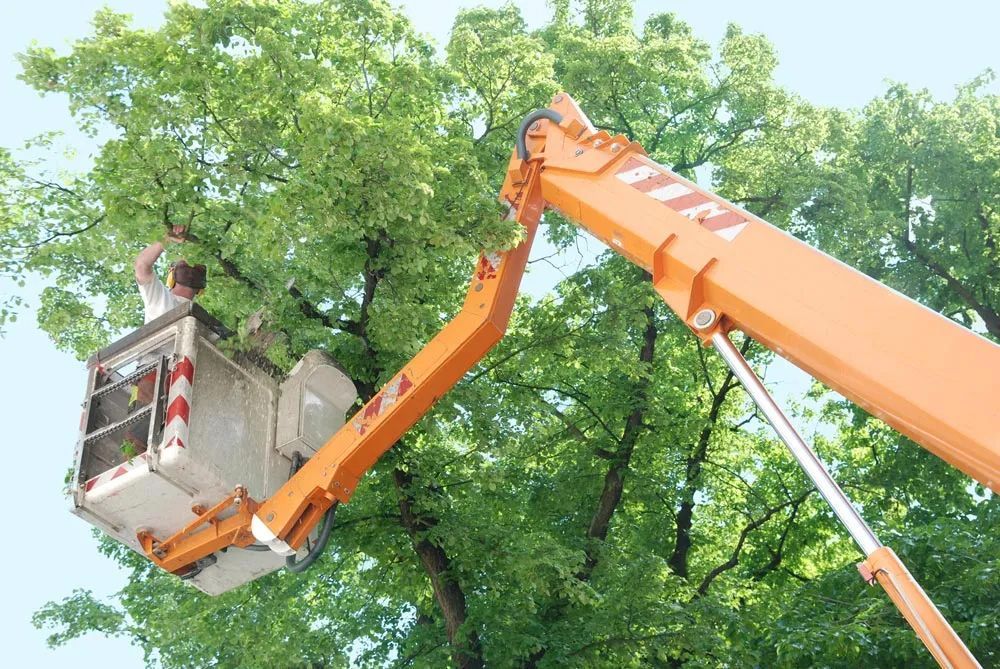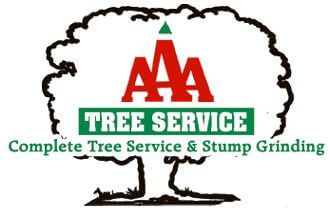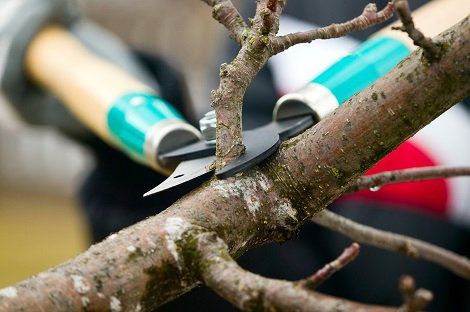Trimming Mistakes That Will Harm Your Tree

Proper tree trimming helps your tree stay healthy and thriving. The process allows the trees to get adequate sun and enables you to spot diseases early. Also, tree trimming counterbalances root loss and boosts your home's curb appeal.
However, you must trim the trees correctly — otherwise, the process may do more harm than good. Discover some trimming mistakes that could harm your trees.
Wrong Equipment
As tempting as it gets, don't grab the first scissors or shears you see in the garage. Make sure you have the right size and type of equipment for the job. Otherwise, you may cause rough cuts, which lead to wounds that harm your trees.
The shear should be sharp enough to make clean cuts quickly. A dull shear may require you to make several cuts before the branch snaps, which is time-consuming and stressful for the tree. So, if you lack the proper equipment, let a professional come in for the trimming project.
Incorrect Timing
While there is no precise time to trim trees, certain seasons are ideal for the process. For instance, mid or late winter is an excellent time to prune most trees. The trees are typically dormant during this season, so the cuts will heal quickly.
Additionally, winter offers your trees ample time to heal and prepare for the growing season. Your trees are also less susceptible to diseases and pests during winter, making it a perfect time to eliminate the diseased branches.
Note that you should consider other aspects — such as the surrounding plants — when deciding the best time to trim your trees. Some plants are more delicate, and thus you should take extra care not to damage them when trimming your trees.
Over-Trimming
When it comes to tree trimming, less is always more. You should only remove dead, diseased, or broken branches.
Every branch on the tree has a role to play, and thus you should avoid removing branches unnecessarily. For instance, branches carry leaves, which aid in food production for the tree through photosynthesis. Branches also aid with the nutrient transfer, so if you remove them, you may end up harming the tree. Over-trimming will also compromise the tree's support, making it more susceptible to damage.
Additionally, over-trimming exposes the inner parts of the tree to pests and diseases. The insects and diseases can then quickly spread, causing significant damage to your trees.
Improper Cuts
The ideal cuts are slightly angled and above a healthy bud. Avoid making flush cuts where the branch meets the trunk. This part is critical as it helps to protect the tree from disease and decay, so you should take extra care not to damage it.
Making proper cuts also allows the tree to heal quickly and efficiently. If you make incorrect cuts, the wound will take longer to heal, leaving your tree vulnerable to diseases.
Inadequate Sanitization
Trees are prone to viruses, fungi, and other diseases, so you must sanitize your equipment before trimming. If you don't sanitize the equipment, you may transfer the diseases from one tree to another. This mistake could lead to a devastating outbreak that could kill all your trees. You may use alcohol or bleach to sanitize the equipment.
Sanitization also involves removing piles of leaves, branches, and other debris. Unfortunately, the piles provide a perfect breeding ground for pests and diseases, which could then spread to your trees.
Tree trimming may sound complex, but things get more manageable with the help of reliable arborists. AAA Tree Service is your trusted partner for all your tree care needs. We understand the importance of proper tree trimming, and with our extensive experience and the right tools, we will get the job done quickly and efficiently. Check our site to learn more about our
tree trimming services.

